Placemaking Postcards is a blog series from the Bass Center for Transformative Placemaking at Brookings where policymakers and practitioners guest-author promising placemaking efforts from across the U.S. and abroad that foster connected, vibrant, and inclusive communities. In line with the principle tenets of placemaking, the goal of the series is to recognize the community as the expert, highlight voices from the field, and to create a community of learning and practice around transformative placemaking.
 Over the last year, the intersecting crises of COVID-19, economic insecurity, and systemic police brutality have compounded toxic stress for children across the country and inflicted a disproportionate toll on Black and Latino or Hispanic youth. Research shows that toxic stress in childhood caused by poverty, adverse childhood experiences (ACEs), and racism significantly alters overall brain structure and function in children, undermining their health and well-being later in life. National advocates are raising alarm bells about the lasting impact COVID-19 will have on children’s health—particularly, their ability to rebound from yet another trauma without adequate support.
Over the last year, the intersecting crises of COVID-19, economic insecurity, and systemic police brutality have compounded toxic stress for children across the country and inflicted a disproportionate toll on Black and Latino or Hispanic youth. Research shows that toxic stress in childhood caused by poverty, adverse childhood experiences (ACEs), and racism significantly alters overall brain structure and function in children, undermining their health and well-being later in life. National advocates are raising alarm bells about the lasting impact COVID-19 will have on children’s health—particularly, their ability to rebound from yet another trauma without adequate support.
As vaccinations gradually bring us closer to normal, children will need support to mitigate the impact of this toxic stress. Whether it’s adults at home, school, church, after-school programs, or others in the child’s village, we all have a role to play in mitigating these impacts. The center director of Harvard’s Center on the Developing Child, Dr. Jack Shonkoff, and other national organizations agree: Play is one of the best ways to promote resilience following periods of trauma, and can be a key strategy to reducing the consequences of toxic stress experienced throughout the pandemic. Play ultimately supports healing.
But what is a city’s role in mitigating toxic stress, supporting play, and prioritizing kids? Rochester, N.Y. is showing how cities can support kids and families by advancing policy, systems, and environmental changes that prioritize the power of play.
Bringing the benefits of play to more people
Rochester is a midsized city in western New York with 3,500 acres of parks and green space. But despite this expansive park system, many kids do not have access to safe and accessible places to play or be physically active. Research by my organization, Common Ground Health (Rochester’s independent health planning organization), found that only 26% of residents believe their neighborhood is great for children to play outdoors. Meanwhile, the city bears the marks of decades of concentrated poverty and segregation, with over 50% of Rochester’s children living in poverty. This leads to the question: How can more children in Rochester receive the many benefits play can offer?
For over a decade, Common Ground Health has worked with residents to address issues related to play equity and access—a mission that can be challenging due to the interwoven nature of racism, public health, and access to play. Black and Latino or Hispanic children and families in New York’s Finger Lakes region experience worse health outcomes than their white counterparts. They confront issues of traffic safety, incomplete street infrastructure, vacant homes, perceptions of neighborhood safety, and disinvestment that deter families from letting their kids play outside. There is a lot of work to be done to mitigate these access gaps and promote health and well-being for all of Rochester’s children.
Resident-led advocacy to create a ‘playful city’
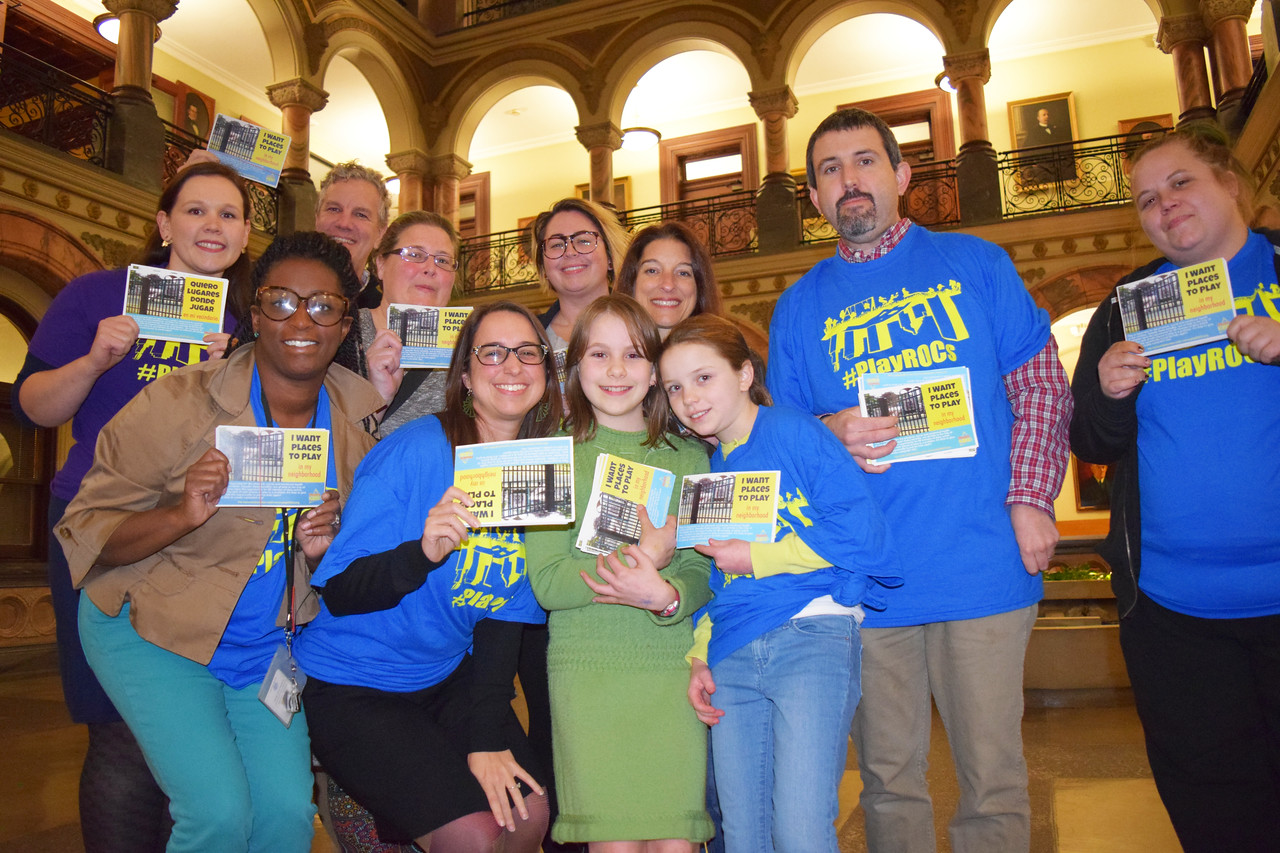
In 2016, we saw an opportunity to transform city policy to support more equitable access to play. The city was updating its comprehensive plan for the first time since 1999. A comprehensive plan is a vision for the future—it sets policies, zoning, and code decisions for the years to come. Our coalition knew that if we could influence this plan, our city could better prioritize safe, accessible, and equitable play for all residents.
Our team advocated for changes to the comprehensive plan that prioritized kids and play. We asked the city to establish goals to advance playful learning environments, safe routes to parks, resident-led placemaking projects, complete streets principles, vacant lot activation, and neighborhood play.
Between 2016 and 2019, our team brought 62 residents and youths to speak to the City Council and submitted over 2,200 postcards and 4,000 signatures to support how play and kids were critical to the health of our city.
We also showed the mayor and City Council how the recommendations we were advocating for could actually work in Rochester. We partnered with the city’s Department of Recreation and Human Services and the Rochester Public Library system to pilot playful infrastructure and other play initiatives. Together, we secured funding from national and local funders and worked alongside residents in our community to support the implementation of their ideas. We piloted innovative efforts including play streets, playful learning infrastructure, children’s gardens, playful sidewalks, pop-up play days, tactical urbanism, and story walks. In 2019, we recruited over 50 neighborhood associations, churches, and community organizations to host 42 play days at different locations across the city for our citywide day of play.
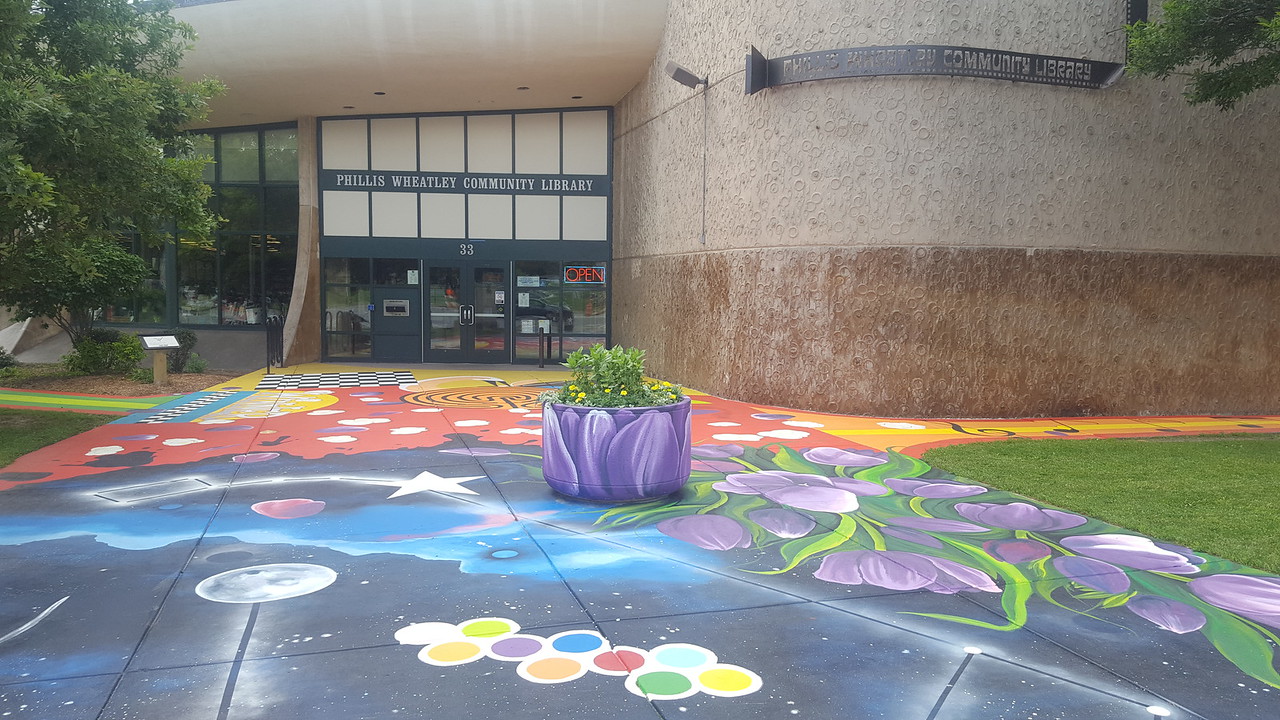
Transforming city policies to advance unstructured play
After years of advocacy, our community convinced city leaders that play is critical to residents’ well-being. In November 2019, the Rochester City Council adopted “Rochester 2034,” our new comprehensive plan. Rochester 2034 includes goals and strategies to help the city create a playable and kid-friendly city, with plans to:
- Support the 10-minute walk to park commitment
- Create playable spaces on vacant lots
- Identify opportunities to incorporate urban play elements in the river corridor, parks system, and streetscape projects
- Improve traffic safety around schools, rec centers, libraries, parks, and other areas children frequent
- Support capacity-building and creative programs, both organic and formal, that enable more localized participation in placemaking
When comparing Rochester 2034 to the city’s 1999 comprehensive plan, we see “Placemaking” increased from zero mentions in 1999 to over 233 mentions in 2019. “Play,” “parks,” and “play space” went from nine to 166 mentions; “walkability” and “bikeability” from 15 to over 112 mentions; and “health” from two to over 210 mentions.
What has Rochester learned from this process?
The groundwork laid with the comprehensive plan will be fundamental in shaping children’s outcomes in Rochester for the next 25 years. But a plan without thoughtful and intentional implementation is paper sitting on a shelf. There won’t be improvements to children’s health and well-being without full implementation and accountability.
As we continue to push for equitable implementation and access to neighborhood play and park access, we reflect on three key lessons that shaped our success so far:
- Let residents lead. Our city advocacy began with asking residents, “Where are kids playing, and what can we do better?” Residents identified the problems and the solutions, and we provided them with training, technical assistance, and resources to advocate for them. When one coalition member’s 5-year-old daughter spoke to the City Council about how she could not play in the playground across the street from her home, the next day the family received a letter that infrastructure changes would happen on their street. The street now has proper traffic calming signage. As we strive for lasting change, we must continue to prioritize family and resident voices to reach the goals set in place.
- Find champions within city government. Our advocacy success was in part due to identifying champions within city government to support our many pilots and placemaking projects. Our coalition found partners in city planning, recreation, environmental services, and parks departments who wanted to see new placemaking principles and concepts in Rochester. The success of implementation will require the ongoing support of these champions and buy-in from new ones.
- Pilot ideas and fail forward. Innovative strategies like building playful sidewalks or colorful crosswalks are not always an easy sell with city government. It took us three years and a lot of sidewalk chalk to convince the city to create a semi-permanent story walk with thermoplastic. Now, our city has a playful sidewalk policy that allows all residents to create them in their neighborhood. As we continue to advocate for greater change, we have to be willing to test things out and never take “no” as our first answer.
Here in Rochester, our work is only beginning. But thanks to tireless, resident-led advocacy, we can look forward to a healthier, more equitable, and playful future for our city’s youth.
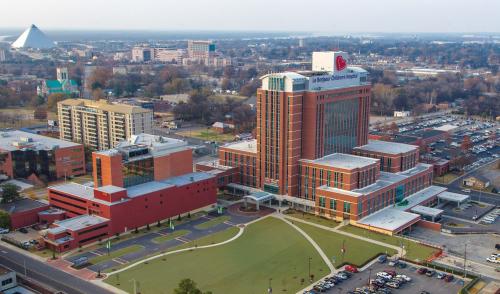
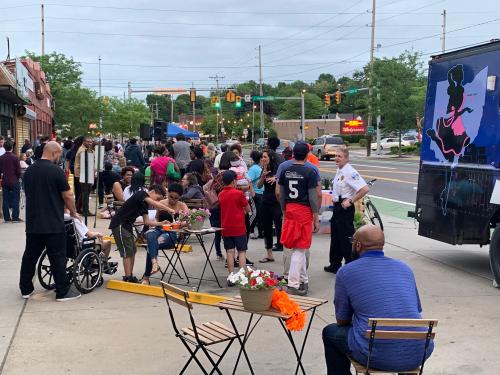
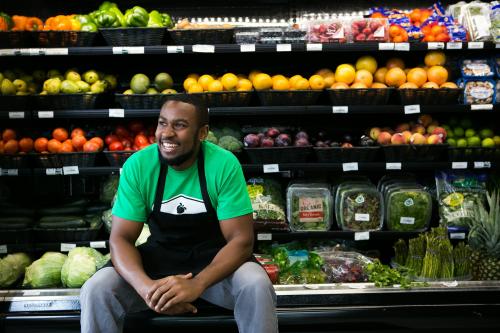



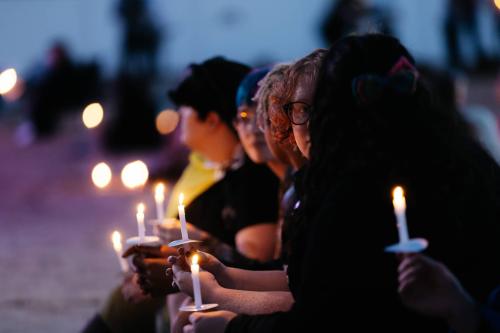
Commentary
How resident-led advocacy in Rochester, N.Y. is creating a more playful city
June 10, 2021